Bridging Imagination and Reality: An Innovative Intersection of Creative Writing and Virtual Reality
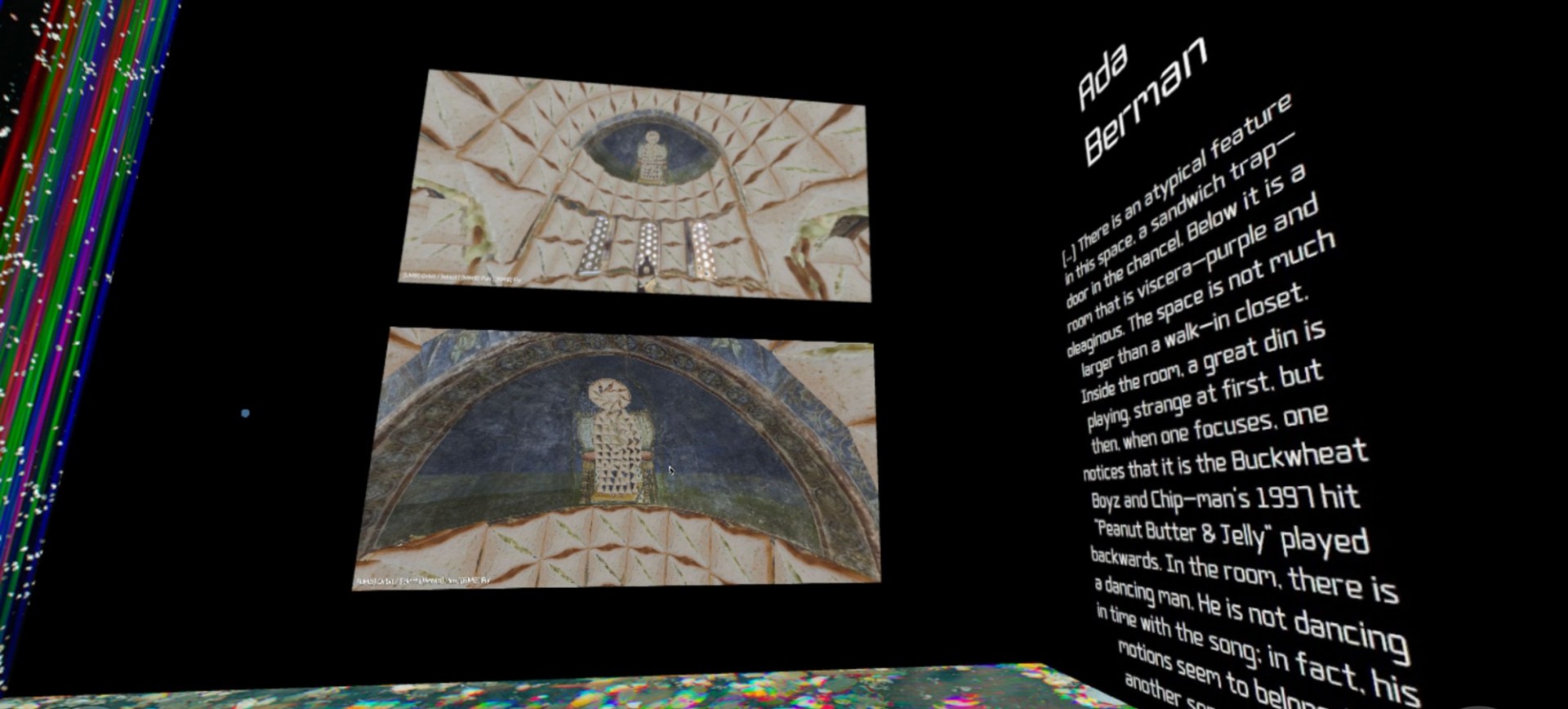
The inclusion of spatial computing in higher education curricula is leading to the emergence of new teaching methods. Adjunct Assistant Professor Joss Lake of Columbia University's School of the Arts is at the forefront of this educational innovation. He has designed a course that combines a creative writing course with Virtual Reality (VR) technology. The course was enriched by VR artist Luca Lee, who as a guest consultant, provided invaluable technical guidance on VR composition.
A sneak peek of gallery space video for Creating New Worlds in Writing and Virtual Reality course.
Course Initiative
The course "Creating New Worlds in Writing and VR" is designed to introduce students to using virtual reality headsets to create unique narrative realms. The course is offered at both undergraduate and graduate levels and aims to go beyond traditional storytelling methods by fostering a multidimensional approach to narrative construction. This innovative initiative was made possible by the support of the CUIT Emerging Technology's Teaching and Learning Grant.
Technological Interface
Drawing inspiration from speculative fiction maestro N.K. Jemisin’s insights on gaming, Prof. Lake introduced students to a multi-platform world-building exercise. Students were introduced to world-building across diverse platforms such as Mozilla Hubs and the VR app SculptrVR, enabling them to visualize and create in three-dimensional space. Luca Lee's hands-on assistance and sharing of personal creative works added a tangible dimension to the theoretical knowledge imparted during lectures.
Learning Outcomes
As students delved into the realms of invented worlds, they were encouraged to craft aspects of these worlds within VR simultaneously. This exercise extended beyond mere scene or map designing, urging students to probe into their narratives' visual and conceptual facets that may otherwise remain elusive in traditional writing. The course yielded exhilarating explorations of mythology, popular culture, netherworlds, and thematic elements like motherhood.
Public Engagement
The culmination of their endeavor was a public exhibition hosted on Mozilla Hubs digital gallery space. Graduate students showcased their literary and virtual creations, inviting public engagement and critical discourse. This public exhibition fostered a culture of sharing and feedback and provided a platform for interdisciplinary discourse.
Future Aspirations
Professor Lake envisions fostering collaborations with the computer science discipline, enabling a confluence of literary and technical skills in world-building projects. Such interdisciplinary engagements are indicative of the boundless educational vistas that can be explored when technology and traditional academic disciplines converge.
The “Creating New Worlds in Writing and VR” course exemplifies a successful combination of literary creativity and technological innovation, paving the way for similar interdisciplinary endeavors. For any questions about the project, collaboration ideas, or questions to Professor Joss Lake, please contact us at [email protected].
This initiative demonstrates CUIT Emerging Technologies' commitment to fostering innovative learning environments and sets a precedent for other educational institutions to explore the potential lying at the intersection of traditional academia and emerging technologies.
Image Carousel with 7 slides
A carousel is a rotating set of images. Use the previous and next buttons to change the displayed slide
-
Slide 1: Creating New Worlds in Writing and VR - Master Class
-
Slide 2: Creating New Worlds in Writing and VR - Master Class
-
Slide 3: Creating New Worlds in Writing and VR - Undergraduate Class
-
Slide 4: Creating New Worlds in Writing and VR - Undergraduate Class
-
Slide 5: Creating New Worlds in Writing and VR - Undergraduate Class
-
Slide 6: Creating New Worlds in Writing and VR - Undergraduate Class
-
Slide 7: Creating New Worlds in Writing and VR - Undergraduate Class

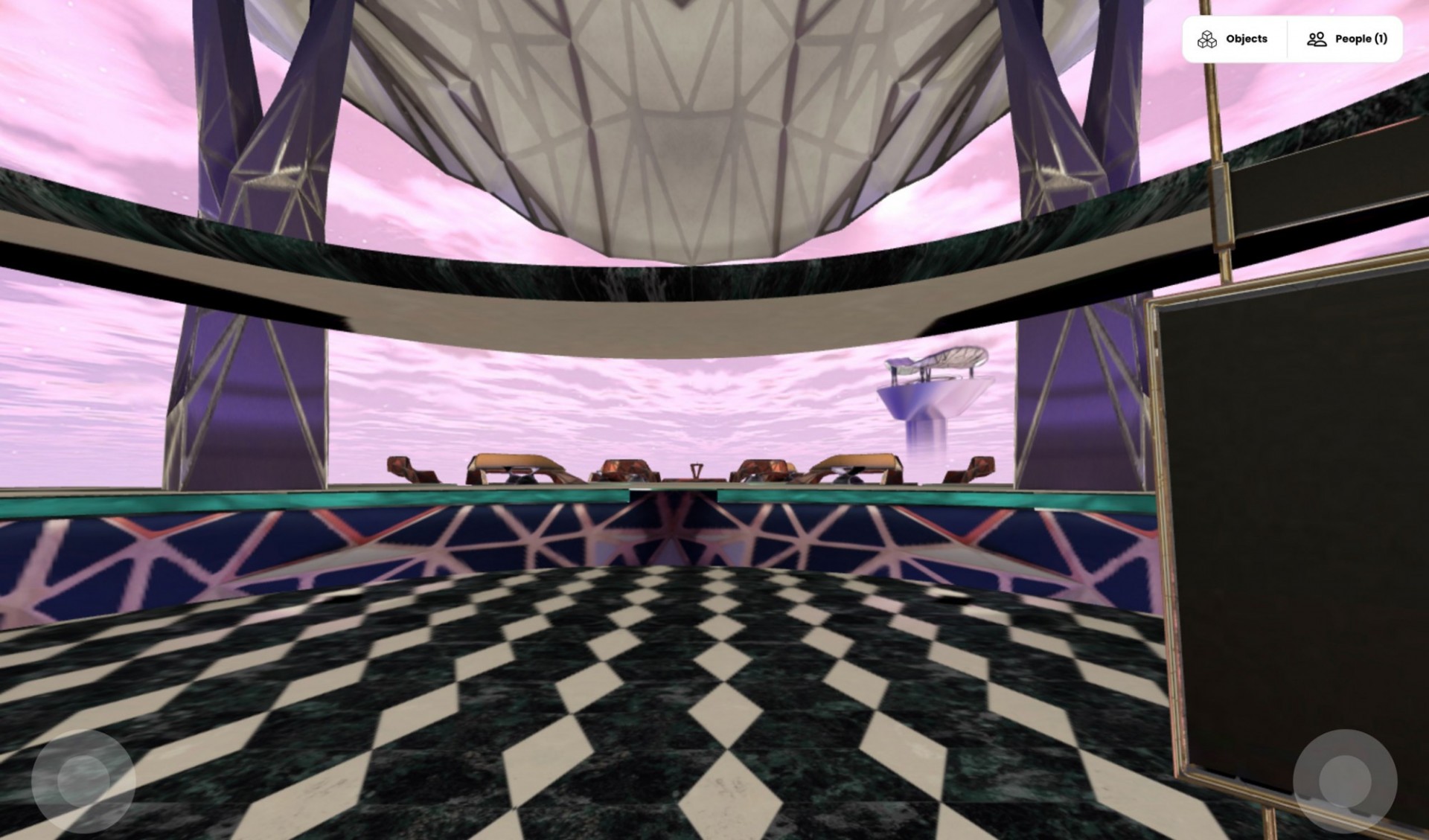
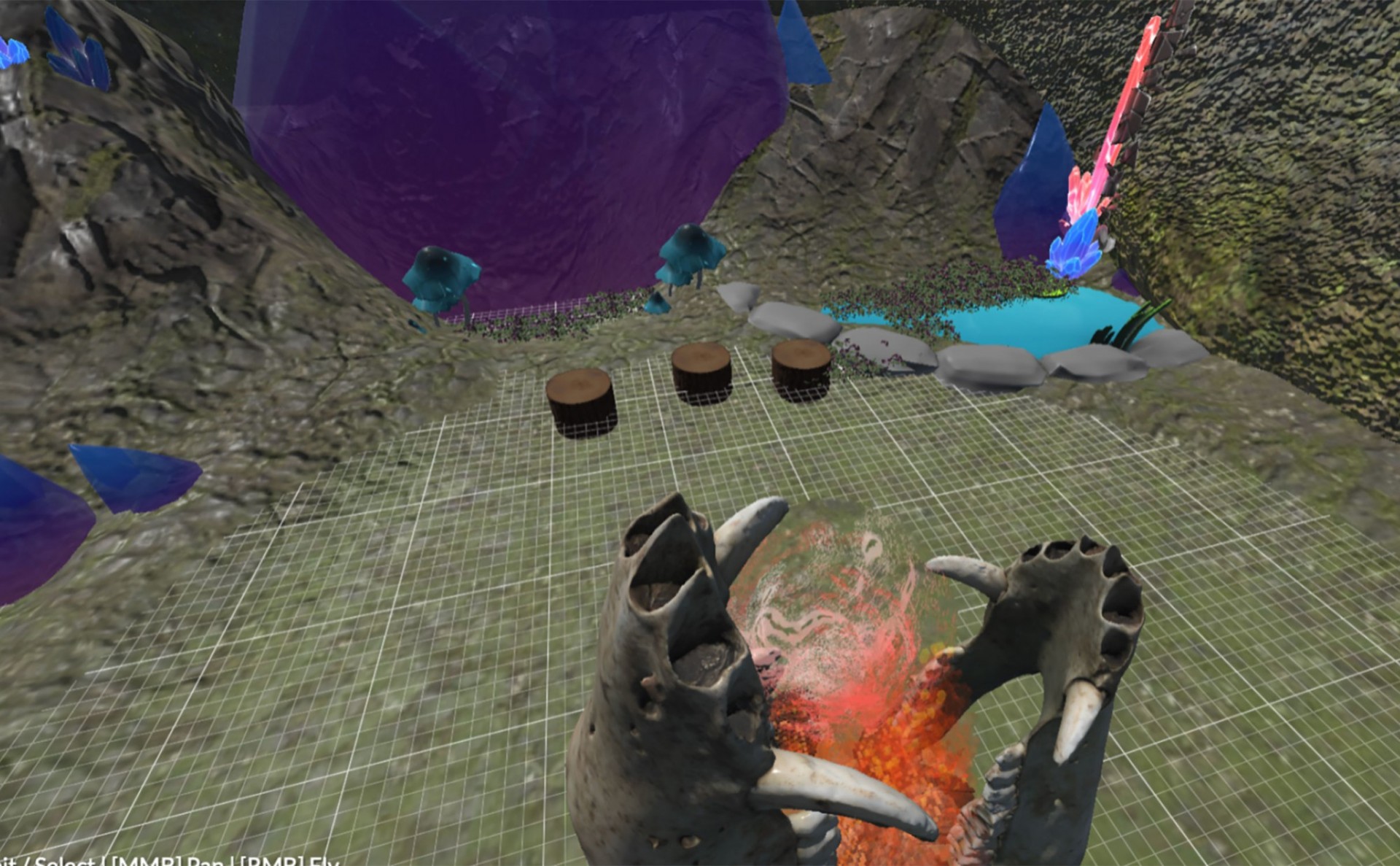


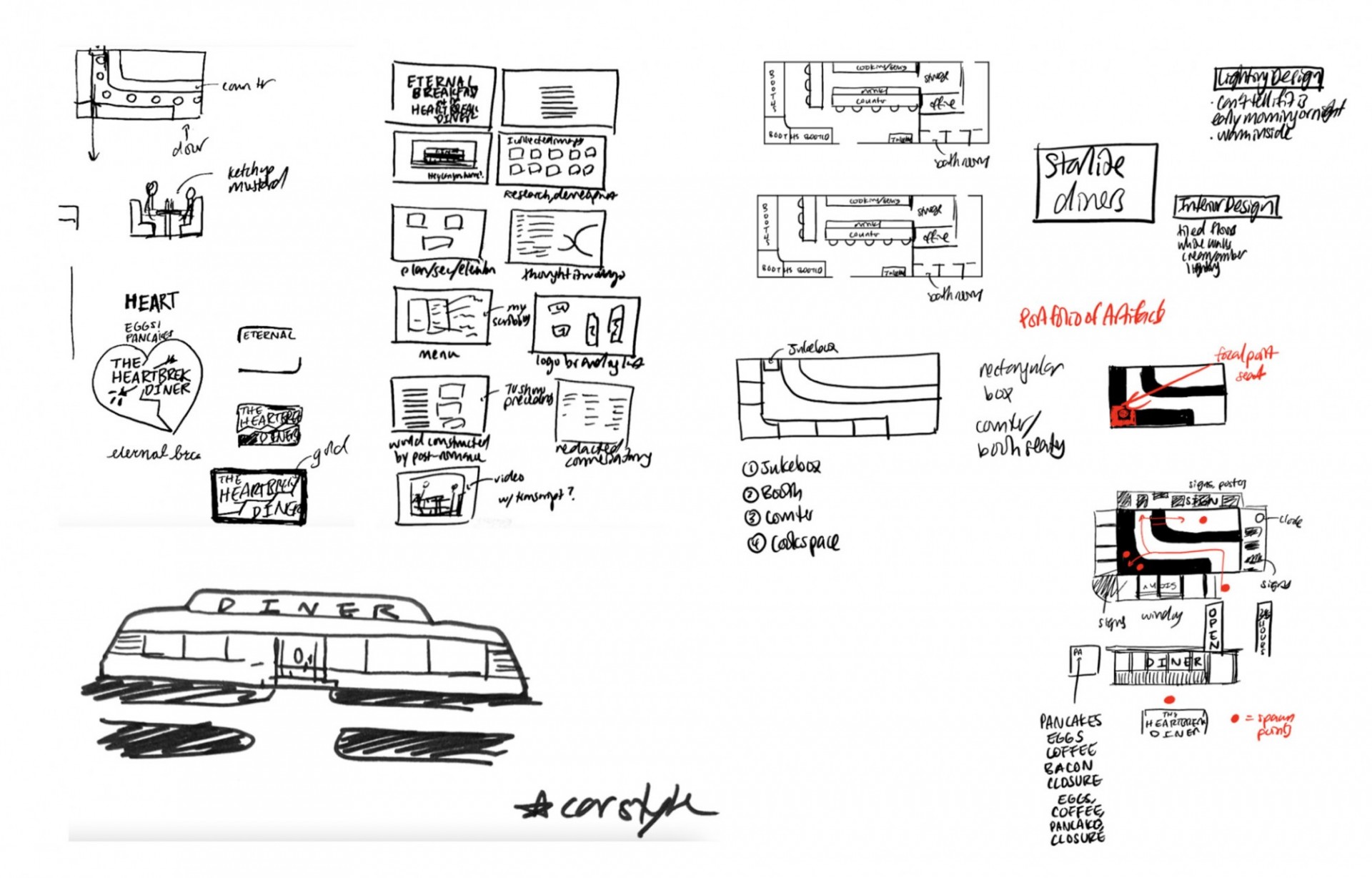
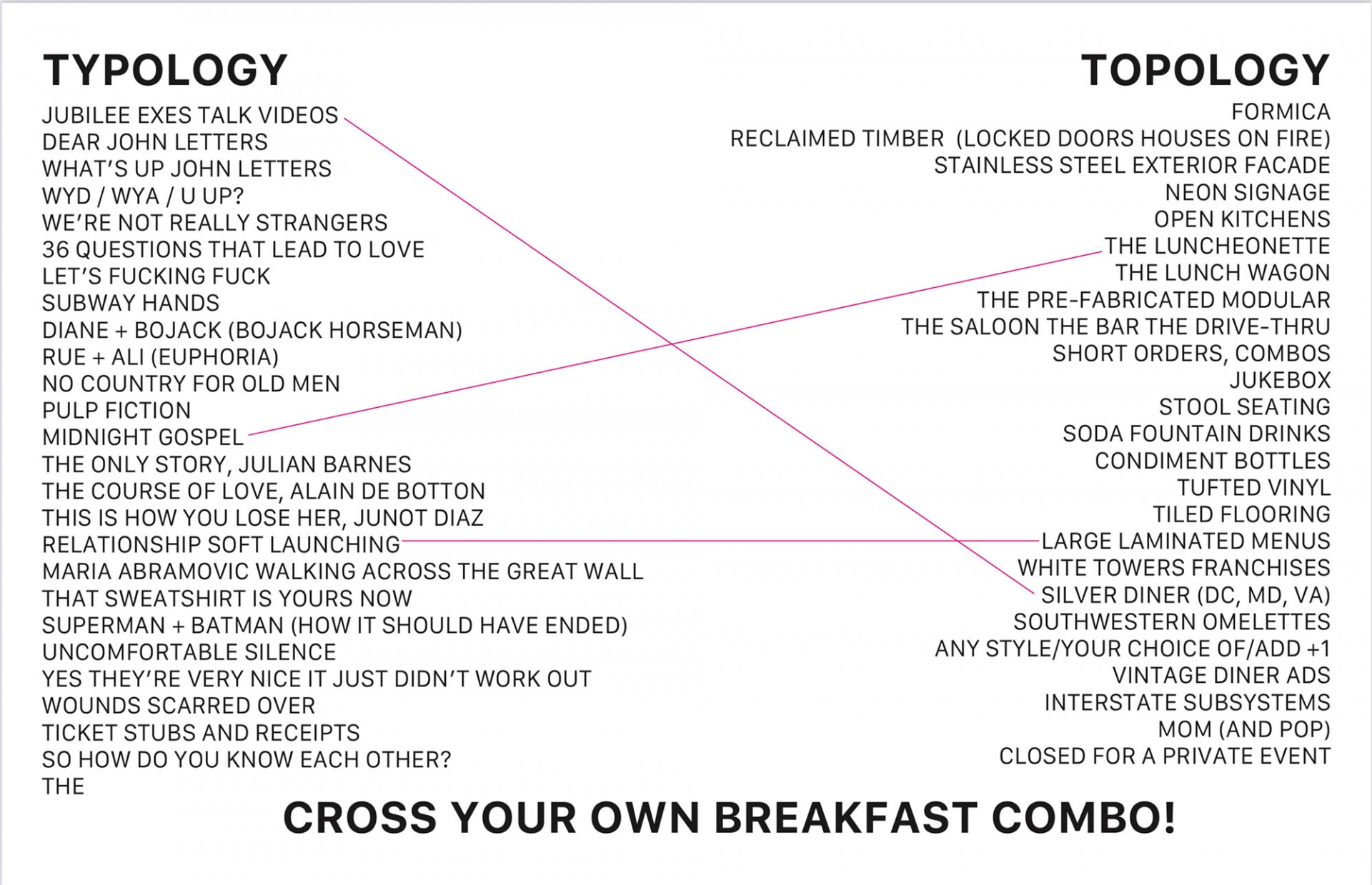
Notable credits to the following students with their VR work images above;
- Safia Hattab, Yadi Batista, Catherine Mok, Andrea Dubbels, and Ada Berman